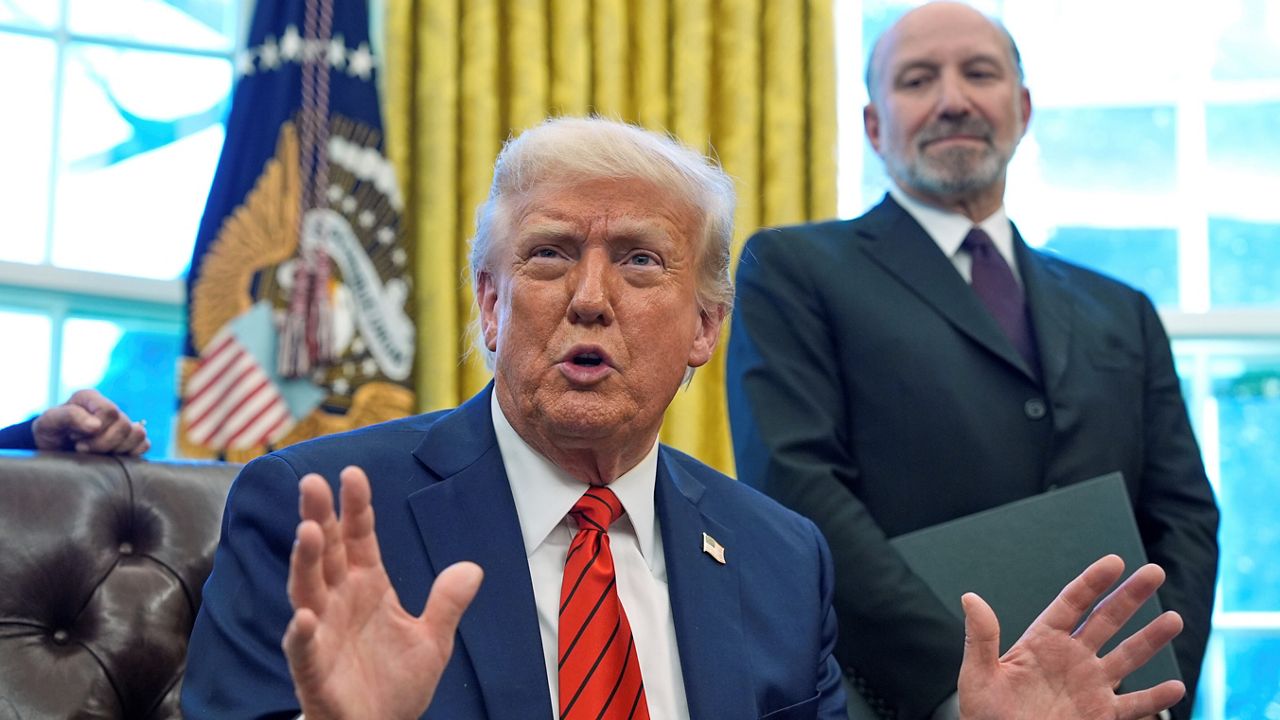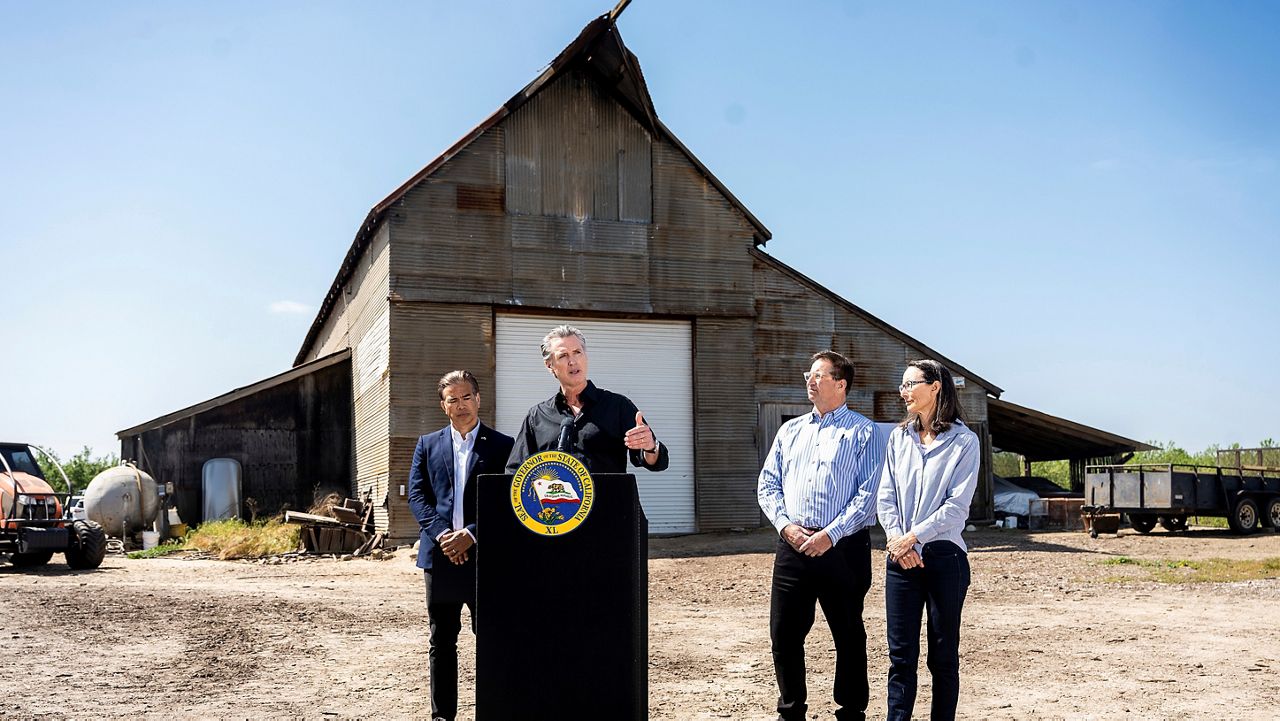SACRAMENTO, Calif. — Looking over a tangle of water pipes of varying sizes, George Hanson, a water utility manager with the City of Roseville, said the system is a big part of the city’s future.
“It essentially allows us to diversify our water supply portfolio,” Hanson said.
That’s because the pipes are set up to store water underground by syphoning storm water from the Folsom dam, when weather events such as atmospheric rivers dump huge amounts of water.
“If there’s a large drought event, we have the facilities and we have the infrastructure in place to allow us to support [by tapping into the ground water],” said Hanson.
This type of groundwater recharge is an important way to help the state’s water supply moving forward, said permitting program manager with the State Water Board, Amanda Montgomery.
“Groundwater recharge is really important to helping recover our aquifers after drought,” Montgomery said. “We see a lot more drought these days, changing climate. We have depleted aquifers, that we’re addressing in other ways. There’s a lot of reasons why we want to get more water into the ground.”
Montgomery said the state goal is 500,000 acre feet of water into the ground each year, which means the same as covering 500,000 football fields with one foot of water.
She said they achieved that in 2023.
“We had 670,000 acre feet of water that we issued in temporary permits,” Montgomery said. “That’s a lot.”
She added that they have streamlined the permitting process, so more entities are able to apply take water during high flow periods to store underground.
Overall, though, more water is taken out than put back in according to the Department of Water Resources, which is why there have been significant funds invested in recharge projects, totaling $115 million.
Hanson said part of the funding for their wells and recharge system has come from the state, and there are plans for more.
“We currently have seven of these [well recharge sites],” Hanson said. “We’re doing two more right now. And then we have two more planned that we will do within the next three-to-ive years.”
An exciting prospect, he said, to make sure there are sustainable water supplies for the future.













